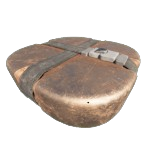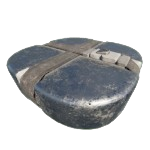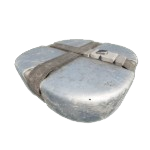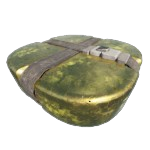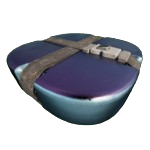
Materials Comparison Guide
Compare all materials by category, acquisition sources, and strategic value. Learn which materials to prioritize for efficient progression.
metal Materials
Metal materials are used for structural components and mechanical parts.
glass Materials
Glass materials are used for optical components and precision instruments.
| Material | Category | Sources |
|---|---|---|
 | glass | 1 source |
composite Materials
| Material | Category | Sources |
|---|---|---|
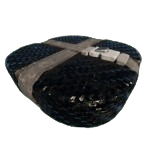 | composite | 1 source |
energy Materials
| Material | Category | Sources |
|---|---|---|
? electricity | energy | 1 source |
exotic Materials
| Material | Category | Sources |
|---|---|---|
 | exotic | 1 source |
 | exotic | 1 source |
liquid Materials
| Material | Category | Sources |
|---|---|---|
? fresh_water | liquid | 2 sources |
? salt_water | liquid | 2 sources |
polymer Materials
| Material | Category | Sources |
|---|---|---|
 | polymer | 2 sources |
 | polymer | 1 source |
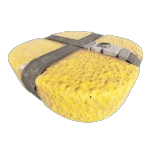 | polymer | 1 source |
semiconductor Materials
| Material | Category | Sources |
|---|---|---|
| semiconductor | 1 source |
textile Materials
| Material | Category | Sources |
|---|---|---|
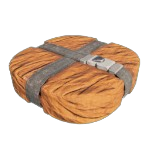 | textile | 2 sources |
Farming Strategy Tips
Metal Materials: Focus on scrapping mechanical items and structural components. Store large quantities for building and machinery crafting.
Fabric Materials: Target clothing scraps and textile items. Essential for filters, protection gear, and fabric-based components.
Plastic & Glass Materials: Collect from electronic waste and household items. Use the Resource Planner to identify optimal scrap-to-material ratios.
Chemical & Advanced Materials: Prioritize dismantling specialized equipment. Track their usage in recipes before committing to crafting.
